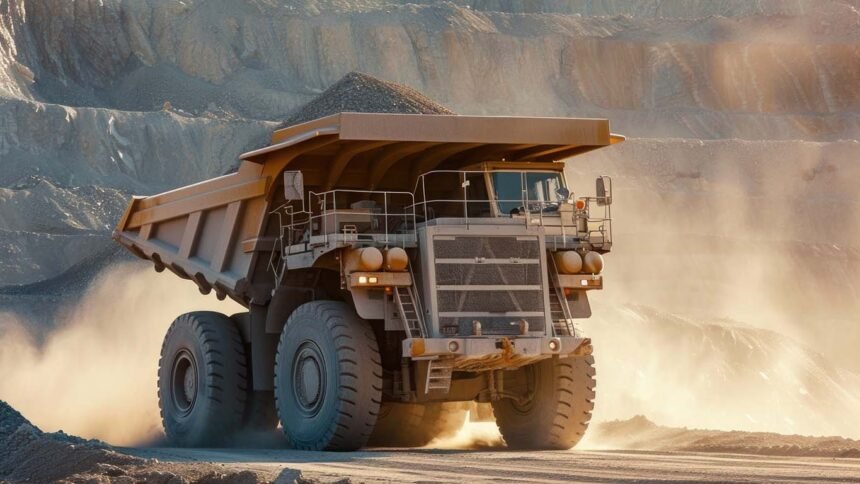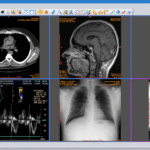Getting big pieces of equipment to move over rough ground is one of the toughest things they do in mining. Heavy haulage contractors need to deal with steep climbs, limited roads, unexpected weather and easily damaged roads.
Yet, they continue to move large deliveries safely and according to schedule. How? Their on-site experience, right equipment and smart planning are the factors behind their strategy.
Mining haulage company creates entire networks to move those items safely and without facing any issues. Now, we’ll discuss how these vehicles and their teams respond to some of the toughest jobs in shipping.
Custom-Made Machinery Is Responsible
Trucks are not designed for hauling any kind of heavy load. Therefore, haulage companies rely on equipment built to handle sharp truck weight. Modular trailers, multi-axle low-loaders and self-propelled transporters are the main items we’re focusing on.
No matter what the cargo is, a rig is used that fits the load’s size, form and balance. Take, for example, an excavator weighing 250 tons which could require both hydraulic axles and special spacers to be similar on both sides for it to sit down properly.
Operations teams review every detail for hours before they pull the aircraft out. In addition to being tough, the gear is also very smart. There are rigs that feature live hydraulic steering for constant, immediate adjustment.
Routing Has Become A Skill The Public Depends On
The planning team starts their work long before the haul begins. They don’t only copy and paste commands for their work. Routes are built using drone surveys, topographic maps and reports about traffic.
When the bridge can’t handle the loads, they choose a different way. If a road is too small, workers either widen it or add support mats to boost the width. There are jobs that, for a temporary period, require things such as bypassing roads or reinforcing embankments.
It also matters when you will start your investments. Estimating that congestion and rising temperatures are less during off-peak wee hours, teams try to schedule shipments for then. In remote areas, location teams also consider the times of year when roads are closed or there is flooding.
Safety Measures Are More Than Just Checklists
Haulage teams have no excuse for asking safety questions of compliance. They work it into every running routine. No load is ever sent before it is properly assessed for risk.
Teams study the weather conditions, type of road, driver’s tiredness and duration of the voyage. They set up some extra time, so drivers can slow down and still have pauses.
Flashing lights, signs and two-way radios are used in escort vehicles driven by crews on the highway. So, there are no delays or unclear messages.
Technology Allows Crews To Stay In Front
Tech is not only a widely used term here, it also plays a key role. An analysis of hauling updates comes from GPS tracking, allowing teams to check in on deliveries every moment.
They can sense when there are slowdowns and direct the shipment accordingly. Axle loads and weight in all parts of the trailer are closely controlled by sensors.
Before anything breaks, the system sends out warnings. Being able to monitor weather changes is useful too. Besides being tough, the equipment is also very sharp.
Being Experienced Still Counts Most
No matter how fancy technology is, a successful team is key. How heavy haulage solutions respond to big difficulties depends a lot on their experience.
Many expert drivers know when a hill is too much, even if the road seems OK on a map. Crew chiefs keep in mind the problem areas from their last runs.
A lot of knowledge comes when an expert load planner can point out trouble with a rig setup just by looking at it from afar.
Final Thoughts
Managing the heavy transport of minerals is a tough, ongoing task. With custom rigs, tough routes, high safety standards and changing ground, these teams have a busy task.
Even so, they make sure to be accurate, methodical and use all their valuable experience. Safe deliveries happen when everyone works together, using effort, experience and smart strategies.
When you come across one of those big truck loads, keep in mind there’s more behind it than what you can see.















